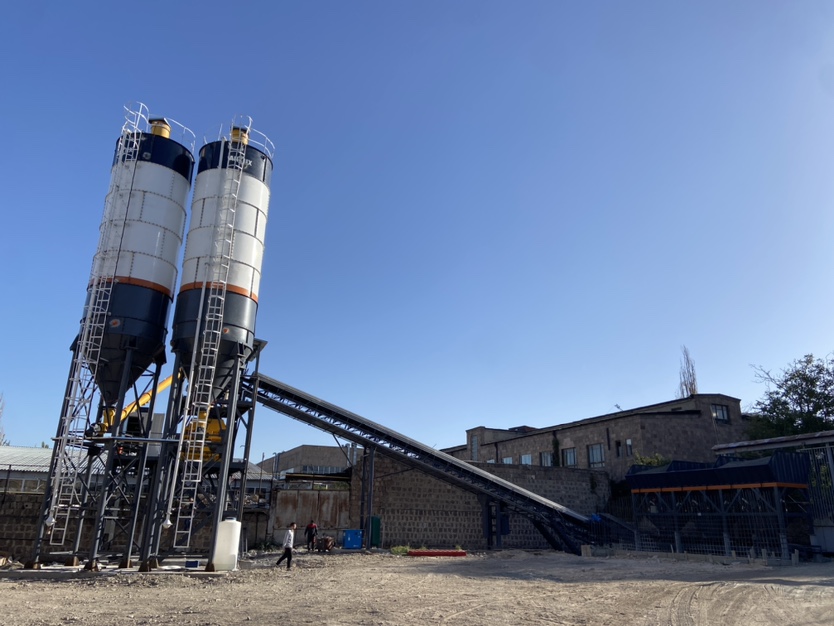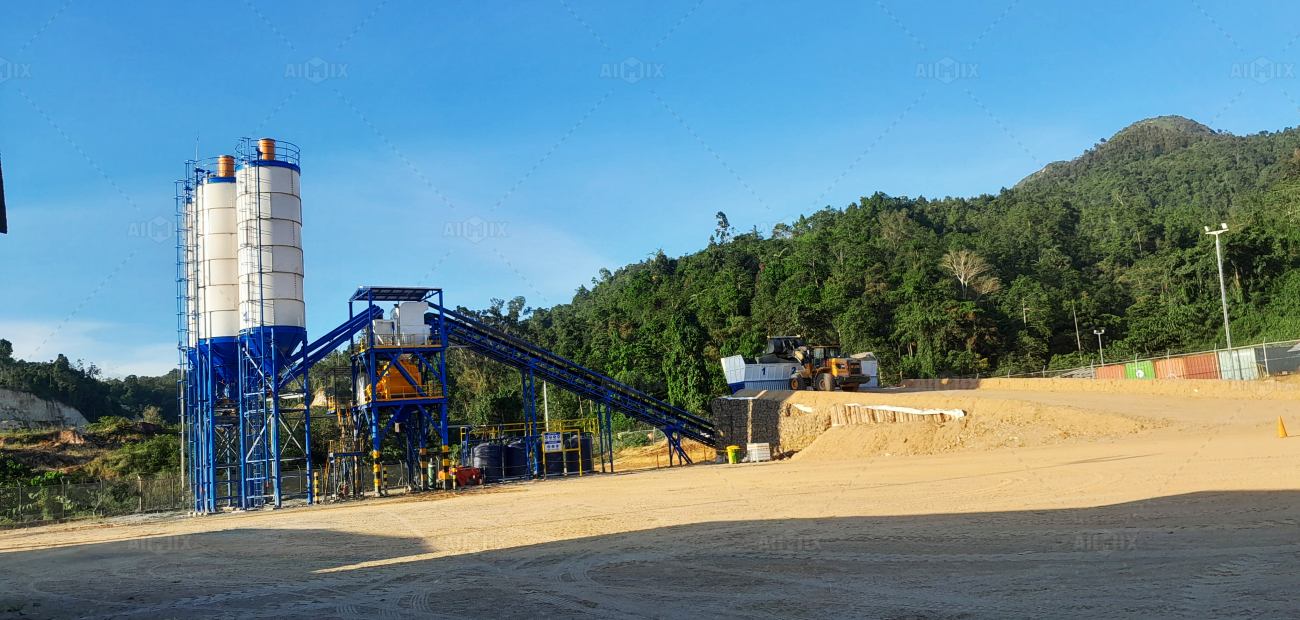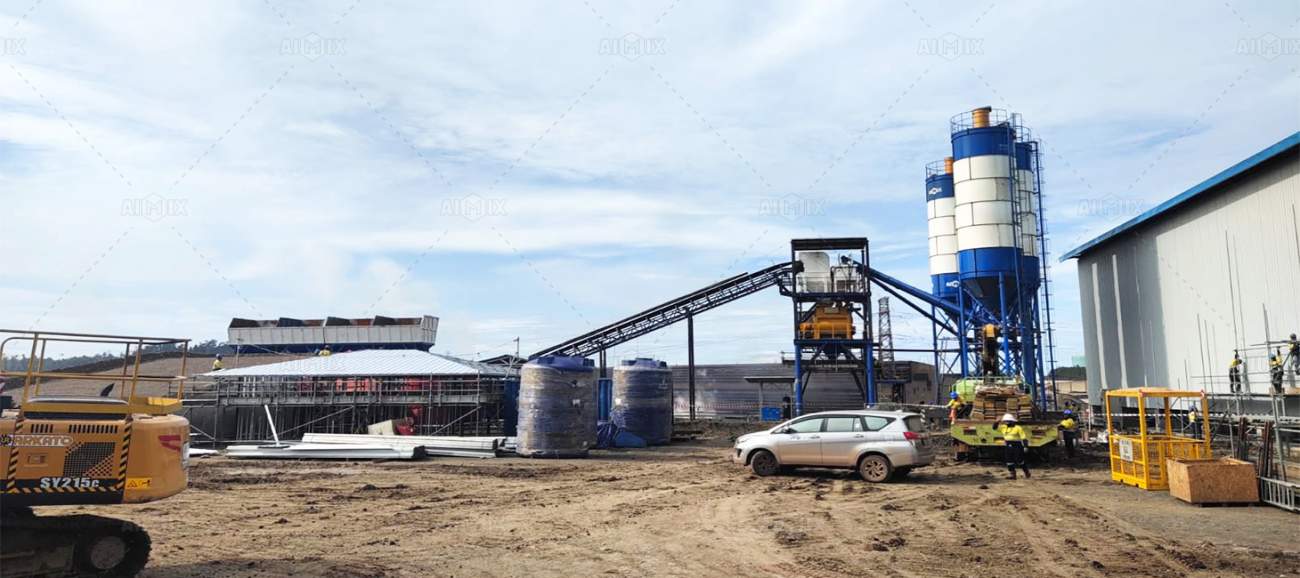Concrete batching plants are critical infrastructure in the construction industry, enabling the efficient production of concrete required for projects ranging from small-scale residential buildings to massive infrastructure developments. When considering investing in a concrete batching plant, one of the most important factors is the overall cost. However, concrete batching plant cost is influenced by multiple variables, particularly configuration options and market dynamics. Understanding how these elements interact can help buyers make informed decisions that align with their project needs and budget.

What Determines Concrete Batching Plant Cost?
The cost of a concrete batching plant is not fixed; it varies widely based on several factors including technology integration, plant configuration, capacity, and prevailing market conditions. The interplay of these components shapes both the upfront capital expenditure and long-term operational expenses.
1. Configuration Options and Their Impact on Cost
The configuration of a concrete batching plant refers to how its components and systems are designed and arranged to suit specific operational requirements. Different configurations can dramatically affect both the initial purchase price and ongoing costs.
a) Stationary vs. Mobile Plants
Stationary Concrete Batching Plants: These are fixed installations with higher production capacity and more extensive equipment setups. They often include multiple aggregate bins, large cement silos, high-capacity mixers, and advanced control systems. Due to their size and complexity, stationary batching plants usually have a higher upfront cost. However, they benefit from lower operational costs per cubic meter due to efficiency and scale.
Mobile Concrete Batching Plants: Designed for portability and quick setup, mobile plants have compact layouts and integrated components on trailers or skids. Although the purchase price might be lower than large stationary plants, the unit cost per cubic meter of concrete produced can be higher due to limited capacity and smaller equipment sizes.
b) Mixing Technology
Twin-Shaft Mixers: These are popular in large plants for their high efficiency and fast mixing times. They often increase the plant’s price but improve productivity and concrete quality.
Planetary Mixers: Known for precise mixing and versatility, these mixers are favored in precast concrete production but come with higher costs due to their complexity.
Drum Mixers: More common in mobile or small concrete batching plants, drum mixers have lower upfront costs but may have slower mixing speeds and less uniform output.
The choice of mixer directly influences both cost and production quality, making it a crucial configuration decision.
c) Control Systems
The level of automation in control systems affects cost significantly:
Manual Control: Basic plants may rely on manual operations, reducing initial investment but increasing labor costs and risk of inconsistency.
Semi-Automatic Systems: These provide partial automation with programmable batching, improving efficiency and reducing human error at a moderate price increase.
Fully Automated Control Systems: Incorporating PLCs (Programmable Logic Controllers), touchscreen interfaces, and real-time monitoring, fully automated systems drive up upfront costs but offer improved quality control, productivity, and data management, often lowering lifecycle costs.
d) Aggregate Storage and Handling
The number and capacity of aggregate bins influence plant configuration cost. Multiple bins allow for a broader range of aggregate sizes and mix variations but require more space and higher investment. Some plants include automated aggregate feeding and conveyor systems, increasing complexity and price but improving efficiency.
e) Additional Features
Cement Silos: Larger or multiple silos increase cost but reduce downtime for cement refilling.
Additive Systems: For specialty concrete mixes, dosing systems for chemical additives add to costs.
Dust Collection and Environmental Controls: Plants equipped with dust suppression, noise reduction, and wastewater recycling meet environmental regulations but add to the initial investment.

2. Market Factors Influencing Concrete Batching Plant Cost
Beyond configuration, the broader market environment also plays a critical role in determining concrete batching plant cost.
a) Raw Material Prices
The prices of steel, cement, electronics, and other raw materials fluctuate based on global supply chains, tariffs, and economic conditions. A surge in raw material costs can increase plant manufacturing prices, particularly for components like mixers, silos, and structural steel frames.
b) Labor and Manufacturing Costs
Countries with higher labor costs typically charge more for plant assembly, testing, and quality assurance. Conversely, plants manufactured in regions with skilled but lower-cost labor tend to be more competitively priced.
c) Demand and Supply Dynamics
In booming construction markets, demand for concrete batching plants rises, potentially driving prices up due to limited supply and faster lead times. Conversely, market slowdowns can result in more competitive pricing and discount offers from manufacturers.
d) Technological Innovation and Competition
As manufacturers invest in R&D to integrate new technologies like IoT-enabled remote monitoring, energy-efficient motors, and AI-driven quality control, costs may initially rise. However, increased competition and technology diffusion eventually help lower prices and increase the value proposition for buyers.
e) Regulatory and Environmental Requirements
Markets with strict environmental regulations require plants to include advanced dust control, noise mitigation, and water recycling systems. Compliance costs impact the final price but are necessary for legal operation and sustainability.
3. Balancing Cost with Performance and ROI
While cost is a critical factor, focusing solely on upfront price can be misleading. A well-configured concrete batching plant may have a higher initial cost but provide superior concrete quality, higher production efficiency, and lower maintenance expenses, leading to better return on investment (ROI) over time.
Operational Efficiency: Automated batching and mixing reduce material wastage and improve throughput.
Concrete Quality: Precision in batching and mixing technology reduces rejects and ensures compliance with project specifications.
Flexibility: Plants with modular configurations can adapt to changing project demands, reducing the need for future capital expenditure.
Sustainability: Investments in environmental controls and energy efficiency reduce regulatory risks and operational costs.

4. Tips for Buyers to Manage Cost
Assess Project Needs Clearly: Understanding capacity requirements, mobility needs, and concrete mix types helps avoid overinvestment.
Evaluate Configurations: Prioritize features that add tangible value while avoiding unnecessary extras.
Consider Total Cost of Ownership: Factor in installation, training, maintenance, and energy consumption, not just purchase price.
Source from Reputable Suppliers: Established manufacturers may offer better warranties, after-sales service, and technology support, reducing long-term risks.
Stay Informed on Market Trends: Awareness of raw material price trends and technology advancements helps buyers time purchases for optimal cost-benefit balance.
Conclusion
Concrete batching plant cost is a multifaceted subject shaped by plant configuration options and broader market factors. Buyers must navigate a complex landscape of choices — from plant type and mixing technology to automation levels and environmental features — all while considering fluctuating market conditions and regulatory requirements.
By comprehensively understanding these elements and how they influence both price and operational value, contractors and developers can make smart investments that support efficient, sustainable, and high-quality concrete production tailored to their unique project demands.
In the competitive construction market, this strategic approach to selecting and configuring concrete batching plants is essential for optimizing cost without compromising performance or compliance.